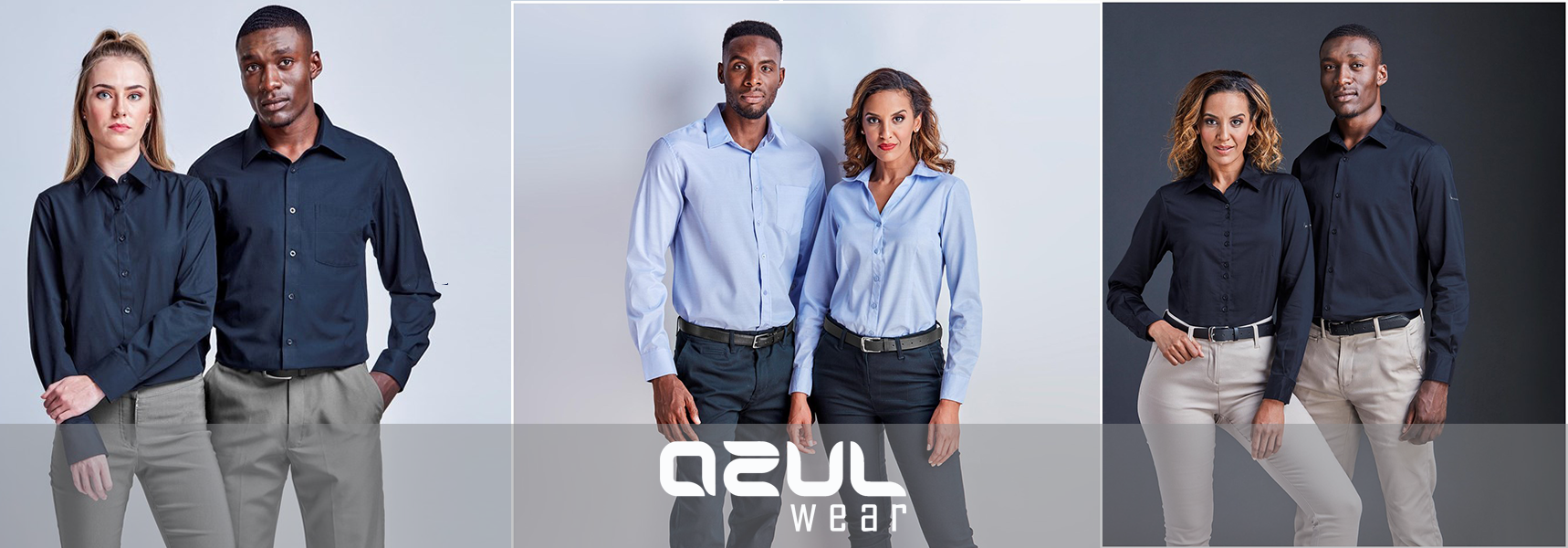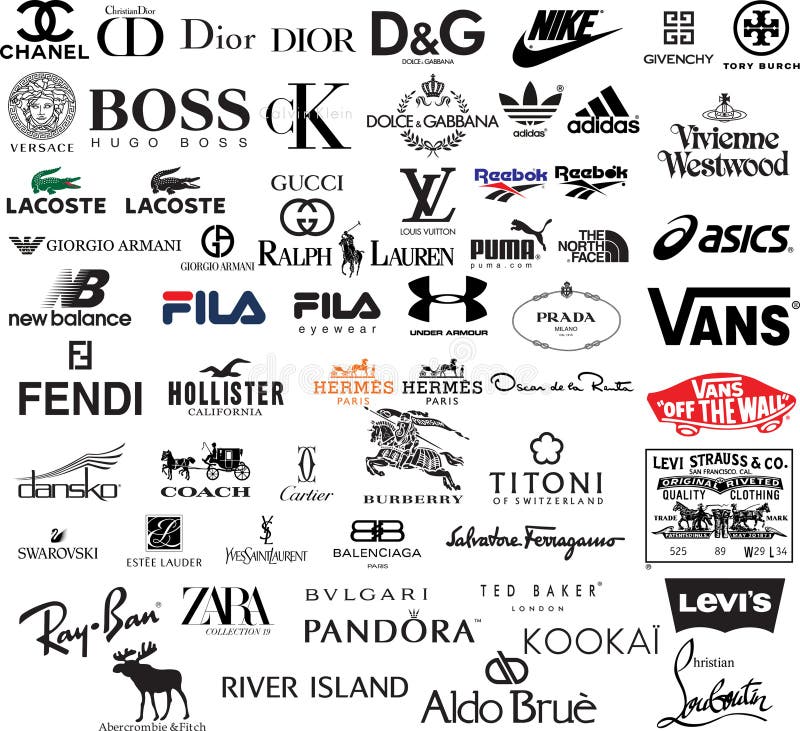The Significance of Lasting Apparel: Exactly How It Impacts the Setting and Your Closet
Sustainable clothes is progressively recognized for its vital function in minimizing the ecological effect of the rapid apparel industry. By focusing on environment-friendly materials and moral manufacturing methods, it addresses pushing environmental worries. This change not just profits the world yet also affects customer selections, leading to a more thoughtful technique to closet management. Comprehending these dynamics increases important inquiries concerning style's future and personal responsibility in forming it.
The Ecological Impact of Rapid Fashion

Advantages of Lasting Materials
Sustainable products supply substantial advantages, especially with eco-friendly textile selections that reduce environmental injury. These products likewise show durability and durability, decreasing the demand for regular substitutes. Consequently, they add to an extra lasting garment industry and promote accountable consumer actions.
Eco-Friendly Material Options
While the fashion business has actually long been linked with quick trends and environmental harm, the surge of environmentally friendly textile selections provides a transformative possibility. Sustainable materials such as organic cotton, hemp, and Tencel have acquired popularity because of their reduced eco-friendly impact. These fabrics are usually generated without damaging chemicals and require less water, reducing their carbon impact - Branded Clothing. Additionally, many eco-friendly textiles are eco-friendly, contributing to a circular economy by decreasing waste. Choosing lasting materials not only sustains ecologically responsible methods however additionally advertises healthier ecological communities. As consumers come to be extra familiar with their buying power, the need for green fabrics motivates brands to innovate and adopt more lasting manufacturing methods, inevitably benefiting the earth and future generations
Sturdiness and Long Life Advantages
Many consumers are significantly identifying the resilience and durability advantages of sustainable products in their clothes selections. Unlike traditional textiles, sustainable products such as natural cotton, hemp, and recycled polyester are crafted to endure damage, leading to garments that last much longer. This lowered regularity of replacement not only conserves customers money in time but also decreases waste produced by rapid fashion. On top of that, sustainable apparel usually uses eco-friendly manufacturing methods that enhance textile strength, adding to a decrease in the total carbon footprint. By purchasing durable clothing, customers can cultivate a more lasting wardrobe while taking pleasure in top notch items that maintain their aesthetic and capability in time. Consequently, sturdiness and longevity stand as key benefits of picking lasting products.
Lowering Waste With Lasting Practices
Reducing waste in the fashion business can be accomplished via innovative practices such as upcycling and repurposing materials. In addition, adopting minimal closet strategies encourages consumers to focus on quality over amount, eventually reducing garments intake. Together, these methods add substantially to a more sustainable garments version.
Upcycling and Repurposing Materials
Upcycling and repurposing products have actually arised as ingenious approaches in the garment industry, changing thrown out fabrics right into beneficial new products. This method not just reduces waste yet likewise motivates creative thinking and originality in clothing style. By taking old garments and materials, designers can produce unique items that reflect individual design while decreasing the demand for new resources. Additionally, upcycling typically calls for less energy and water contrasted to traditional manufacturing procedures, considerably reducing the ecological impact of style. As consumers end up being more aware of sustainability, the popularity of upcycled clothing continues to climb, promoting a round economy. Inevitably, these methods contribute to an extra lasting future, where fashion prioritizes environmental health and wellness over rapid manufacturing and intake.

Minimalist Wardrobe Approaches
As people increasingly seek to lessen their ecological influence, adopting minimalist wardrobe approaches has actually gotten traction as an efficient technique to sustainable style. These approaches highlight quality over amount, encouraging customers to curate a smaller collection of functional, sturdy apparel. By concentrating on classic items that can be blended and matched, individuals can minimize the regularity of purchases and eventually lower waste.Additionally, minimalism promotes mindful usage, prompting customers to show on the ecological and moral effects of their options. This strategy not just fosters a more lasting lifestyle however likewise simplifies daily decision-making regarding clothes. As people embrace minimalist principles, they contribute to a style society that values sustainability and accountable consumerism, inevitably bring about a more eco-conscious society.
The Function of Ethical Labor in Lasting Style
While several customers are progressively conscious of the ecological repercussions of their apparel selections, the significance of honest labor techniques in lasting fashion can not be neglected. Ethical labor incorporates reasonable wages, risk-free working problems, and regard for workers' rights, forming the backbone of accountable style production. Brand names that prioritize ethical labor not only boost communities but additionally established a requirement for responsibility in the industry.Moreover, the integration of moral practices cultivates openness, allowing customers to make enlightened choices about their purchases. This technique contrasts sharply with quick get more fashion's exploitative labor designs, which commonly focus on profit over people. By sustaining firms committed to moral labor, customers contribute to a system that values human self-respect alongside ecological sustainability. As a result, honest labor is not simply an add-on; it is vital to the broader goal of sustainable fashion, guaranteeing that the mission for eco-friendliness does not come with the cost of human civil liberties.
The Effect of Sustainable Garments on Carbon Emissions
Sustainable garments has the possible to considerably minimize Discover More carbon exhausts connected with the fashion business. Standard garment production adds significantly to greenhouse gas exhausts, mainly due to energy-intensive manufacturing processes and making use of non-renewable resources. In comparison, lasting fashion concentrates on environment-friendly products, such as organic cotton or recycled fibers, which commonly need much less power to produce.Moreover, sustainable brands often tend to adopt a lot more efficient production methods, reducing waste and reducing overall exhausts. By focusing on resilience and ageless layout, sustainable clothing encourages consumers to buy less frequently, additional reducing the carbon impact related to overconsumption.Additionally, several sustainable brand names are committed to openness in their supply chains, enabling consumers to make educated choices that straighten with their worths. Ultimately, moving in the direction of lasting garments can lead to a significant decrease in carbon discharges, adding to a healthier earth and a more sustainable future for the style market.
Sustaining Local Economic Climates With Lasting Choices
The change toward lasting clothing not only addresses environmental concerns yet also significantly benefits neighborhood economic climates. By choosing lasting fashion, customers typically support tiny companies and regional craftsmens, boosting community durability. These enterprises commonly operate a smaller range, prioritizing craftsmanship and honest methods over mass production.Investing in locally made lasting apparel cultivates work production and boosts economic development within neighborhoods. As customers come to be a lot more familiar with the ecological impact of their purchases, they increasingly seek items that show their worths. This need urges neighborhood producers to embrace lasting practices, adding to a circular economy.Moreover, sustaining regional organizations minimizes transportation exhausts, aligning with you could try these out eco-conscious customer actions. The interconnectedness of lasting clothing and local economies emphasizes the vital role that individual options play in advertising both environmental and financial health. By fostering these local connections, areas can thrive while likewise working in the direction of a much more sustainable future.
Transforming Your Closet: Tips for a Sustainable Closet
As individuals look for to minimize their environmental impact, transforming a wardrobe into a lasting wardrobe comes to be an essential action. One efficient approach is to examine existing clothes, maintaining only things that are worn regularly and that align with sustainability objectives. Prioritizing high quality over quantity is important; spending in sturdy items from environment-friendly brands can greatly minimize waste.Additionally, incorporating second-hand products can take a breath new life right into a wardrobe while decreasing environmental damages. Organizing clothes swaps with buddies or contributing extra products can further advertise sustainability.When purchasing, people should seek materials that are natural, recycled, or naturally degradable, and stay clear of fast fashion stores - Branded Clothing. Ultimately, exercising mindful intake by attentively thinking about each purchase can add to a more sustainable way of living. By carrying out these tips, one can create a wardrobe that mirrors personal design while sustaining ecological stewardship
Often Asked Inquiries
How Can I Determine Lasting Clothing Brands?
To determine lasting clothes brand names, one should look into materials made use of, check for accreditations like Fair Trade, and take a look at the brand name's transparency regarding their production processes, labor techniques, and ecological influence, ensuring honest and environmentally friendly practices are focused on.
What Are the Expenses Related To Lasting Style?
The prices linked with lasting fashion can differ substantially. Higher manufacturing expenditures, honest sourcing, and eco-friendly materials frequently cause increased retail prices, which may prevent some customers while appealing to ecologically conscious buyers.
Can Lasting Garments Be Stylish and Trendy?
Sustainable garments can undoubtedly be elegant and fashionable. Developers increasingly prioritize innovative products and honest production methods, verifying that style and sustainability can coexist. Consumers currently have diverse options that mix looks with environmental consciousness.
How Does Washing Clothing Affect Their Sustainability?
Cleaning clothing significantly effects sustainability by consuming water and power, adding to air pollution, and creating microplastic release. Frequent washing can deteriorate materials, reducing their lifespan and raising the requirement for replacements, inevitably aggravating ecological concerns.
What Is the Lifespan of Lasting Apparel Contrasted to Rapid Fashion?
The lifespan of lasting clothes commonly surpasses that of quick fashion things, commonly long-term a number of years due to quality products and craftsmanship. On the other hand, fast fashion garments might degrade promptly, demanding even more constant replacements. Lasting apparel is progressively recognized for its vital function in decreasing the ecological effect of the quick style sector. While lots of customers are significantly aware of the environmental effects of their clothes choices, the relevance of honest labor practices in lasting fashion can not be neglected. Branded Clothing. Lasting apparel has the possible to considerably reduce carbon emissions linked with the style sector. In contrast, lasting fashion focuses on environment-friendly materials, such as organic cotton or recycled fibers, which often require much less energy to produce.Moreover, sustainable brand names tend to embrace more efficient production methods, minimizing waste and decreasing general exhausts. By prioritizing durability and ageless style, lasting garments urges customers to acquire much less frequently, additional lowering the carbon footprint connected with overconsumption.Additionally, several lasting brand names are devoted to transparency in their supply chains, making it possible for customers to make educated options that straighten with their values